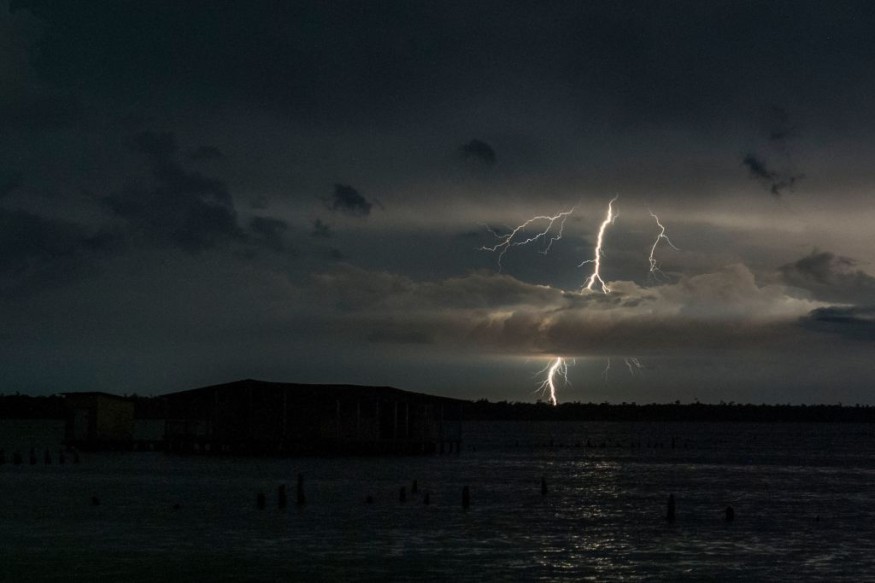Severe thunderstorms are looming over Kansas and Oklahoma after US meteorologists issued their latest weather warning, prompting the risks of the downpour of large hailstones, strong winds, and twisters in the mentioned states and their surrounding areas.
Severe Thunderstorms

The National Oceanic and Atmospheric Administration (NOAA) - Storm Prediction Center (SPC) issued a weather warning for the 'Slight Risk' of severe thunderstorms across some areas of southeastern Kansas, eastern Oklahoma, and the western Ozarks region, located in northern Kansas and southern Missouri.
Under the weather advisory, the said areas will be subject to severe weather due to a supercell capable of producing hail, isolated severe gusty winds, and tornadoes from Wednesday to Thursday, April 20 to April 21.
Also Read: Severe Thunderstorms and Critical Fire Weather Conditions Expected in Multiple US Regions on Friday
Security Risks
Hail showers up to a size of a golf ball may pose a danger to both properties, notably vehicles and roof coverings.
In the past, the US government has advised the public to take precautionary measures in case such a phenomenon occurs.
The U.S. Department of Agriculture (USDA) - Forest Service (FS) issues the following action plan against sleet:
- When outdoors, take shelter immediately to protect your entire body. If none is available, find at least a way to cover your head.
- Avoid staying in low-lying areas and culverts to avoid flash floods.
- Motorists must stay in their vehicles and should stop driving. Similar to the first step, additional measures can also be taken by deviating from the open roadway and seeking shelter under a tree.
- Drivers should not leave their vehicles until the hailing stops, since the latter would provide protection.
In general, the USDA - FS urged people to take cover at any structures, which include houses, buildings, garages, and bridges.
Travel and Utility Disruption
Severe thunderstorms may also cause flooding due to heavy rain.
However, damaging winds and lightning strikes may yield to disruption of flights, road traffic, and public transport.
Power outages are also mostly imminent during such adverse weather.
Over recent years, extreme weather and tornadoes have been responsible for multiple deaths across the US, especially in the central and southern regions.
Thunderstorm Casualties
In March, the country set back-to-back tornado outbreaks with 233 twisters recorded, surpassing the 225 previous records in 2012.
The event prompted 400 tornado warnings and severe thunderstorm warnings in almost 24 states, as per NBC News.
In the case of Iowa last month, tornadoes killed a total of seven people. Related deaths were also recorded in Alabama, Florida, Texas, and Oklahoma.
Fire Weather
In addition, the NOAA's National Weather Service (NWS) also issued its supplemental weather forecast, indicating the continuance of life-threatening risks for critical fire weather conditions between the High Plains and the Southwest US until Saturday, April 22.
The said climatic conditions are based on humidity, dry fuel, soil moisture, and wind pattern that serve as an instigator for the rapid growth and quick spread of wildfires in the drought-stricken region.
As a result, forest fires and bush fires are likely in compacted tree areas and grasslands.
© 2025 NatureWorldNews.com All rights reserved. Do not reproduce without permission.





